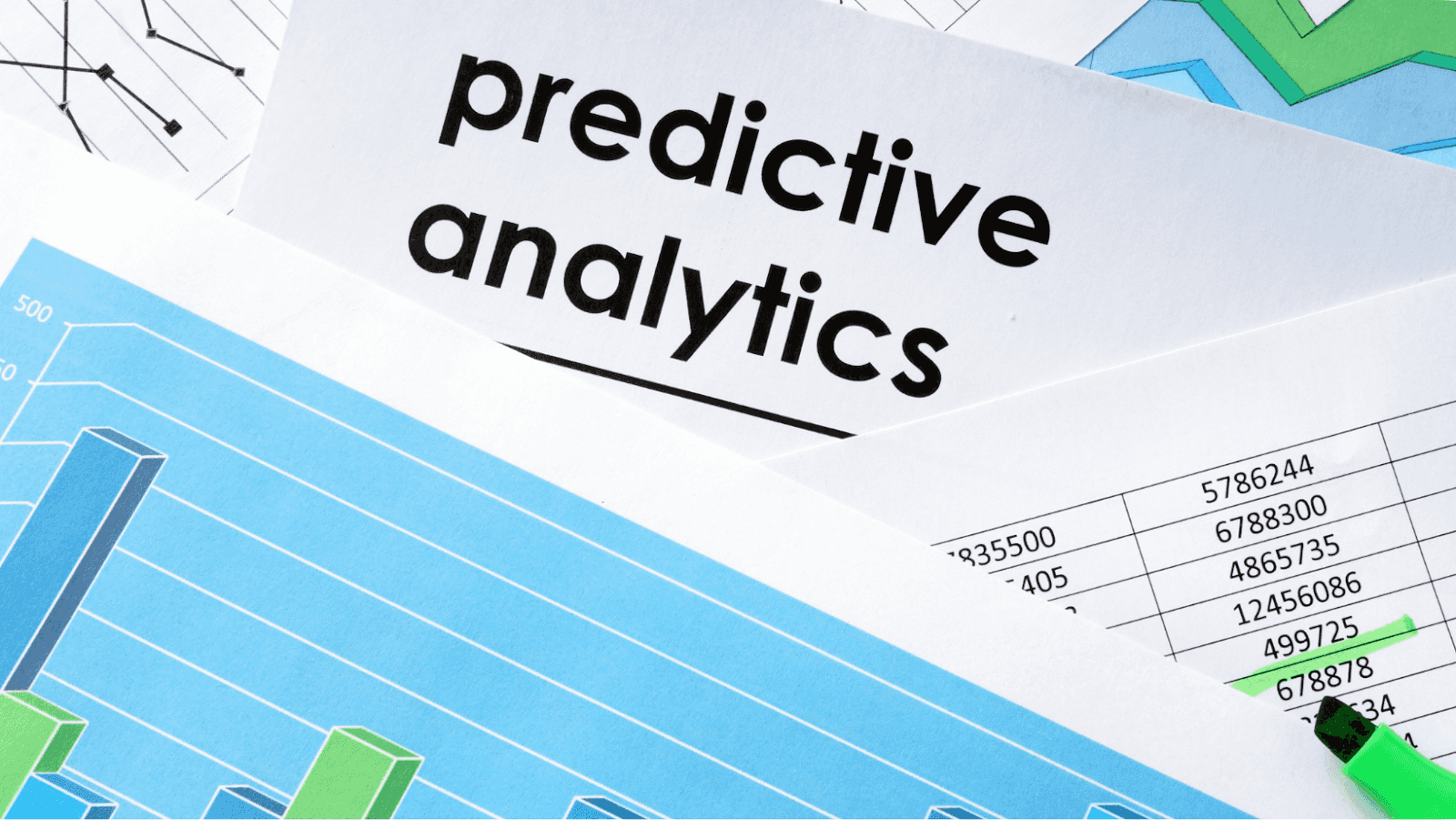In the dynamic landscape of modern business, demand forecasting stands as a cornerstone for strategic decision-making. However, traditional methods often fall short in capturing the intricacies of consumer behavior and market trends. This is where predictive analytics emerges as a game-changer, offering unparalleled insights into future demand patterns. In this comprehensive guide, we delve into the realm of predictive analytics for demand forecasting, exploring its methodologies, applications, and the transformative impact it holds for businesses.
Understanding Predictive Analytics
Predictive analytics is a branch of advanced analytics that utilizes historical data, statistical algorithms, and machine learning techniques to forecast future outcomes. Unlike traditional methods that rely solely on historical trends, predictive analytics leverages a diverse array of data sources to uncover hidden patterns and correlations. By analyzing vast datasets, businesses can gain foresight into customer behavior, market dynamics, and operational trends.
The Significance of Demand Forecasting
Demand forecasting serves as the bedrock of demand planning, enabling businesses to anticipate customer needs and allocate resources efficiently. Effective demand forecasting facilitates optimized inventory management, production planning, and resource allocation, thereby minimizing costs and maximizing profitability. Moreover, it empowers businesses to respond proactively to market fluctuations, gaining a competitive edge in volatile industries.
The Evolution of Predictive Analytics in Demand Forecasting
Traditionally, demand forecasting relied on simplistic models and historical data, often leading to inaccuracies and inefficiencies. However, the advent of predictive analytics has revolutionized this landscape, offering sophisticated techniques to analyze complex datasets and extract actionable insights. From time-series analysis to machine learning algorithms, predictive analytics empowers businesses to forecast demand with unprecedented accuracy and granularity.
Key Components of Predictive Analytics for Demand Forecasting
- Predictive Modeling: At the heart of predictive analytics lies predictive modeling, wherein statistical algorithms and machine learning techniques are employed to forecast future demand. By analyzing historical data and identifying patterns, predictive models can extrapolate future trends with a high degree of accuracy.
- Prescriptive Analytics: While predictive analytics focuses on forecasting future outcomes, prescriptive analytics takes it a step further by recommending actions to optimize outcomes. By integrating prescriptive analysis into demand forecasting, businesses can not only predict future demand but also devise strategies to meet it effectively.
- Predictive Data Analytics: Leveraging advanced data analytics techniques, predictive data analytics enables businesses to extract actionable insights from vast and diverse datasets. By harnessing the power of big data, businesses can uncover hidden correlations and trends, driving more informed decision-making.
Methodologies for Demand Forecasting
- Time-Series Analysis: Time-series analysis involves analyzing historical data to identify patterns and trends over time. By extrapolating these patterns into the future, businesses can forecast demand with a certain degree of accuracy, particularly for products with stable consumption patterns.
- Machine Learning Algorithms: Machine learning algorithms, such as neural networks and random forests, offer a more sophisticated approach to demand forecasting. By training models on historical data and incorporating variables such as seasonality, promotions, and external factors, machine learning algorithms can capture complex demand patterns and adapt to changing market dynamics.
- Predictive Analytics Platforms: The emergence of advanced predictive analytics platforms has democratized demand forecasting, enabling businesses of all sizes to harness the power of data-driven insights. These platforms offer intuitive interfaces, powerful algorithms, and real-time data integration, empowering businesses to make informed decisions and drive growth.
Applications of Predictive Analytics in Demand Forecasting
- Inventory Management: By accurately forecasting demand, businesses can optimize inventory levels, reducing carrying costs and minimizing stockouts. Predictive analytics enables businesses to strike the right balance between supply and demand, ensuring adequate inventory while avoiding excess stock.
- Supply Chain Optimization: Predictive analytics plays a crucial role in optimizing supply chain operations, from procurement to distribution. By forecasting demand accurately, businesses can streamline procurement processes, minimize lead times, and optimize transportation routes, thereby enhancing supply chain efficiency and reducing costs.
- Marketing and Sales: Predictive analytics empowers businesses to tailor marketing campaigns and promotions to specific customer segments, maximizing the effectiveness of marketing spend. By analyzing customer behavior and preferences, businesses can target the right audience with the right message at the right time, driving higher conversion rates and ROI.
The Future of Predictive Analytics in Demand Forecasting
As businesses continue to embrace digital transformation and data-driven decision-making, the role of predictive analytics in demand forecasting will only grow in importance. With advancements in artificial intelligence, machine learning, and big data technologies, predictive analytics will become more sophisticated and accessible, enabling businesses to unlock new opportunities and drive competitive advantage.
In conclusion, predictive analytics represents a paradigm shift in demand forecasting, offering businesses unprecedented insights into future demand patterns. By harnessing the power of data-driven insights and advanced analytics techniques, businesses can optimize inventory management, streamline supply chain operations, and drive growth. As the digital economy evolves, predictive analytics will remain a cornerstone of strategic decision-making, empowering businesses to stay ahead of the curve and thrive in an increasingly competitive landscape.
Further Reading
Unlocking Success: Key KPIs and Success Factors for ERP Implementation Projects
Navigating the Oracle Ecosystem: Tips from a Leading Oracle Partner in Egypt
How to Elevate Your Career with Oracle Cloud at The Cloudors
Ready to find out more?

